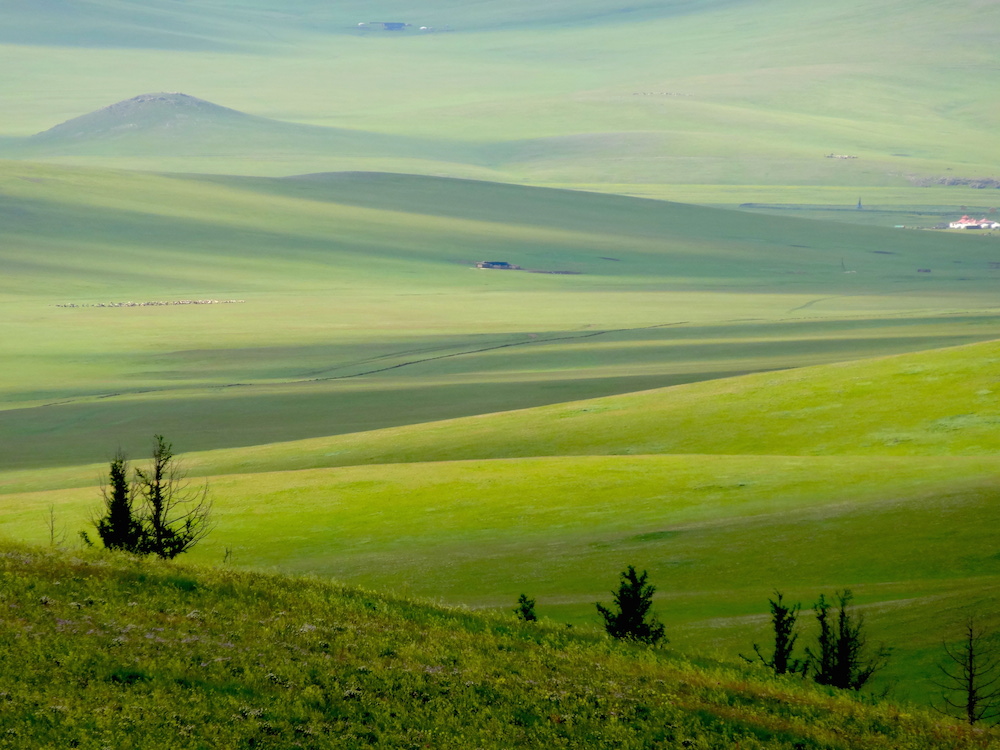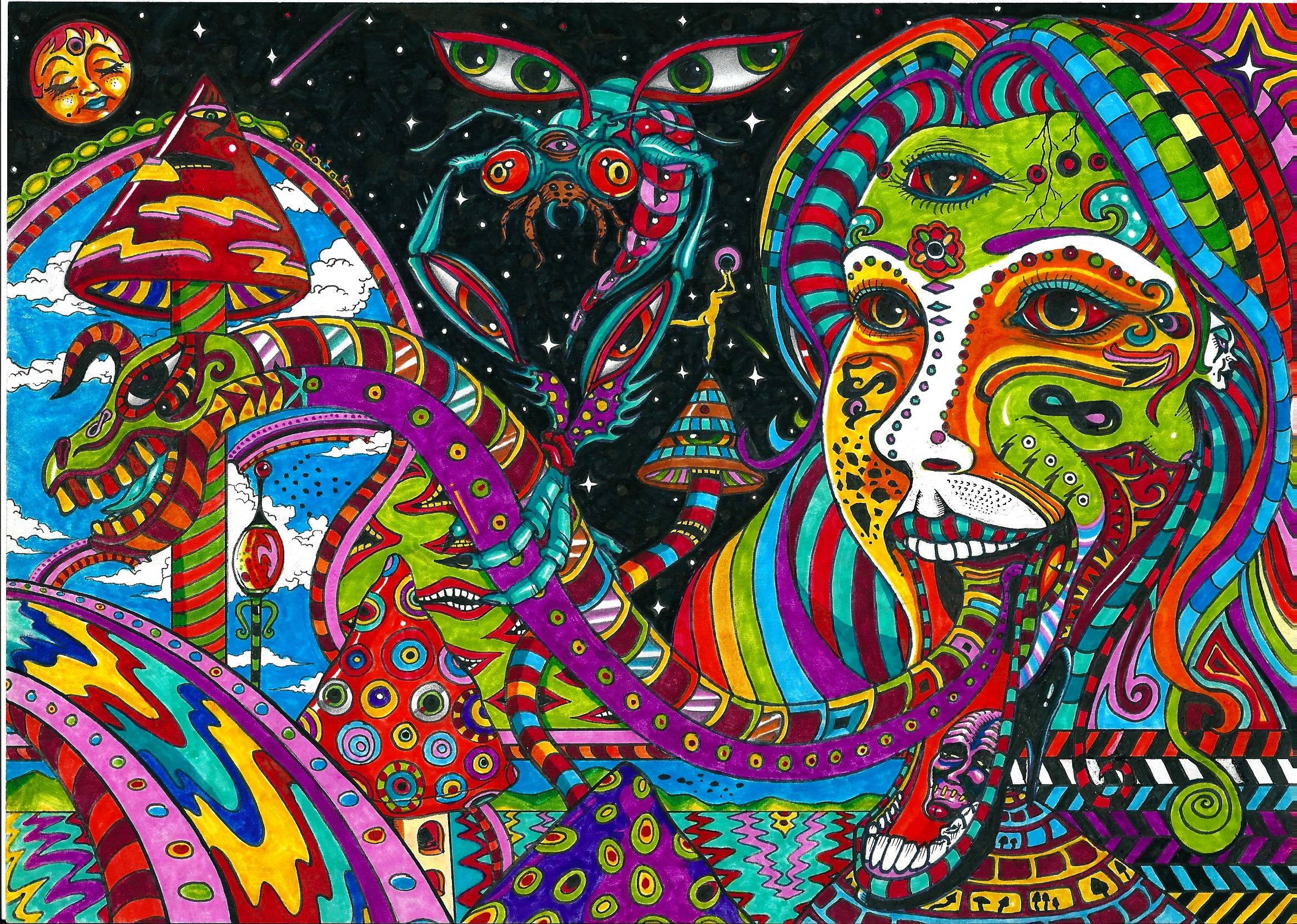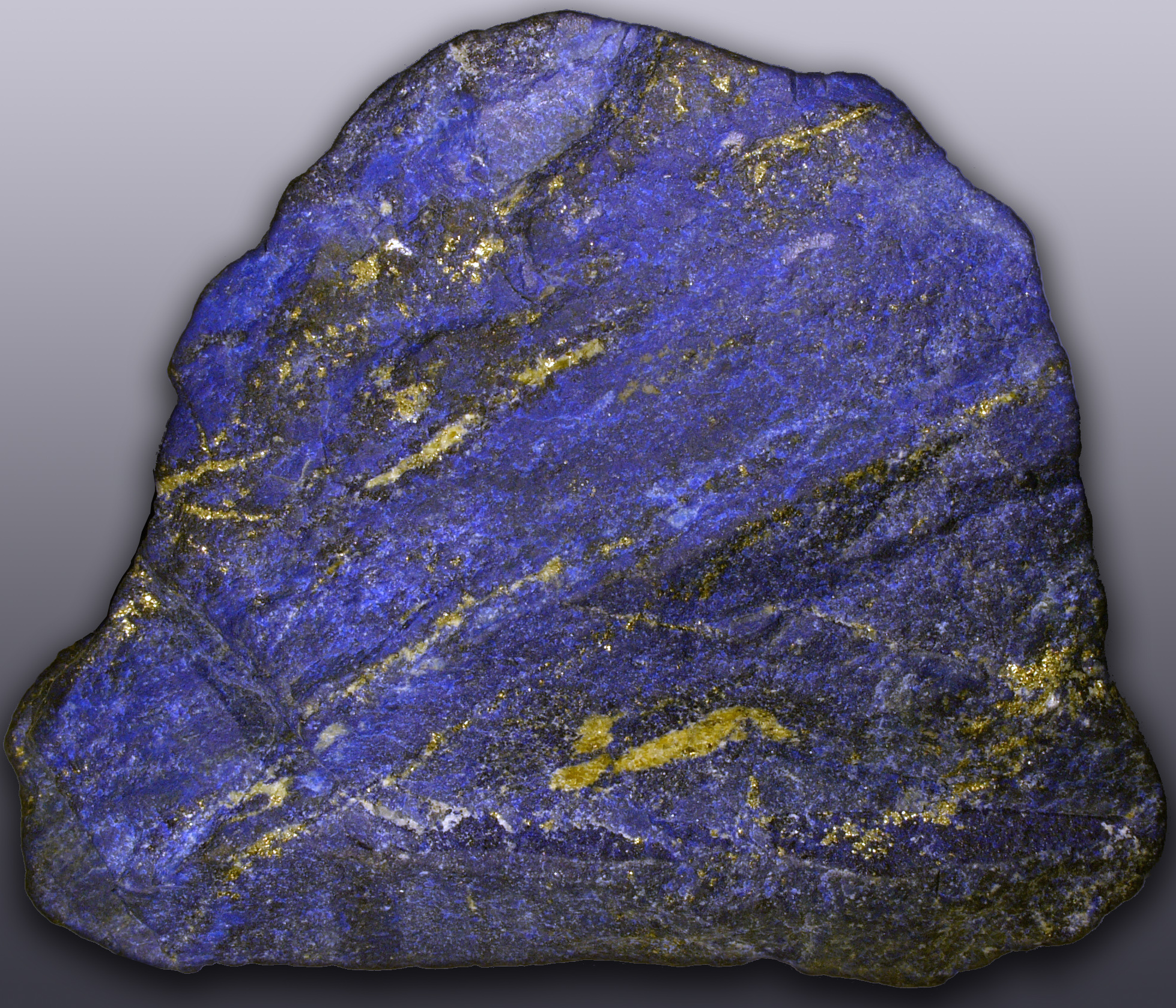So I've been ranting and raving about sci fi and pretty much putting my fingers in everything science fiction related. I'm replaying Mass Effect 2, as well as playing a lot of Beyond Earth again. I'm watching The Expanse with the missus. And I got a whole bunch of sci fi RPG books and supplements, like Book 6: Scouts for Traveller and SWN's Engines of Babylon, as well as some Mindjammer stuff (the new BLUE adventure) and Diaspora. Basically, I think I'm going all in for the sci fi game next year.
I am thinking that I'm going to be running Stars Without Number, with the Engines of Babylon, Suns of Gold, and Transhuman Archives supplements. I honestly enjoy the themes and settings in Eclipse Phase, but the lack of spaceship support is a real deal break. I was heavily considering Cepheus Engine (and I still am), but I think my players might be more familiar with the more D&D aspects of SWN.
With Engines of Babylon, it's to bring the ships down a bit in tech. Less Star Trek and more Firefly or The Expanse. I've modified it somewhat for ease, using Cepheus Engine's acceleration and distance chart for travel. For Suns of Gold, I'm using the colonization rules from that with some alterations. Since the players are out on their own without any real allies, they are going to have to get their own resources. The ark ship they have has resources on it, but eventually, they will need their own stuff to survive on their new home of NESS 89-03 (purposely made it sound too scientific so the players would feel encouraged to give it a more dynamic name). This won't get into the detail and minutiae like you'd see in a 4x game like Alpha Centauri. I haven't decided how to do the resource harvesting, but I plan on keeping it very simple. I'm actually looking at ACKS's Domain Management system for this, since most of the leg work is done and I really like that system.
Speaking of ACKS, I will be using their Population Increase mechanic for the players' colony. Much of this is to represent the people in cold sleep or archived being put online and brought back down to the new colony. The big change I'm making is the value of families. In ACKS, 1 family is 5 people. For this colony game, it will be 50, 500 or 5,000 people, depending on how much resources they put into self sustaining terraforming installations. This will essentially be a part of building Local Supplies (from Suns of Gold) and means that population growth will increase until the colony is big enough (100,000 people) to really be its own city-state instead of just an outpost.
For planet generation, I've been using Mindjammer's System Generator. It's surprisingly good, with lots of information for the planet and its make up and resources. This means that each planet will always have something interesting on it, even if it isn't a full-on session of adventure. That will be very useful, as eventually, the players will get their hands on FTL travel. But, that will bring its own issues, which I'll talk about another time. Finally, I like the dual class idea from SWN's Designer Notes. I may be allowing that.
That's about it for the rules side. I do want to talk about the setting and get things squared away with that.
For planet generation, I've been using Mindjammer's System Generator. It's surprisingly good, with lots of information for the planet and its make up and resources. This means that each planet will always have something interesting on it, even if it isn't a full-on session of adventure. That will be very useful, as eventually, the players will get their hands on FTL travel. But, that will bring its own issues, which I'll talk about another time. Finally, I like the dual class idea from SWN's Designer Notes. I may be allowing that.
That's about it for the rules side. I do want to talk about the setting and get things squared away with that.









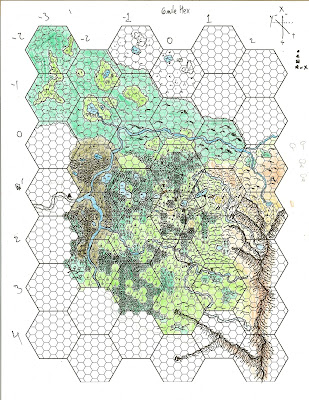
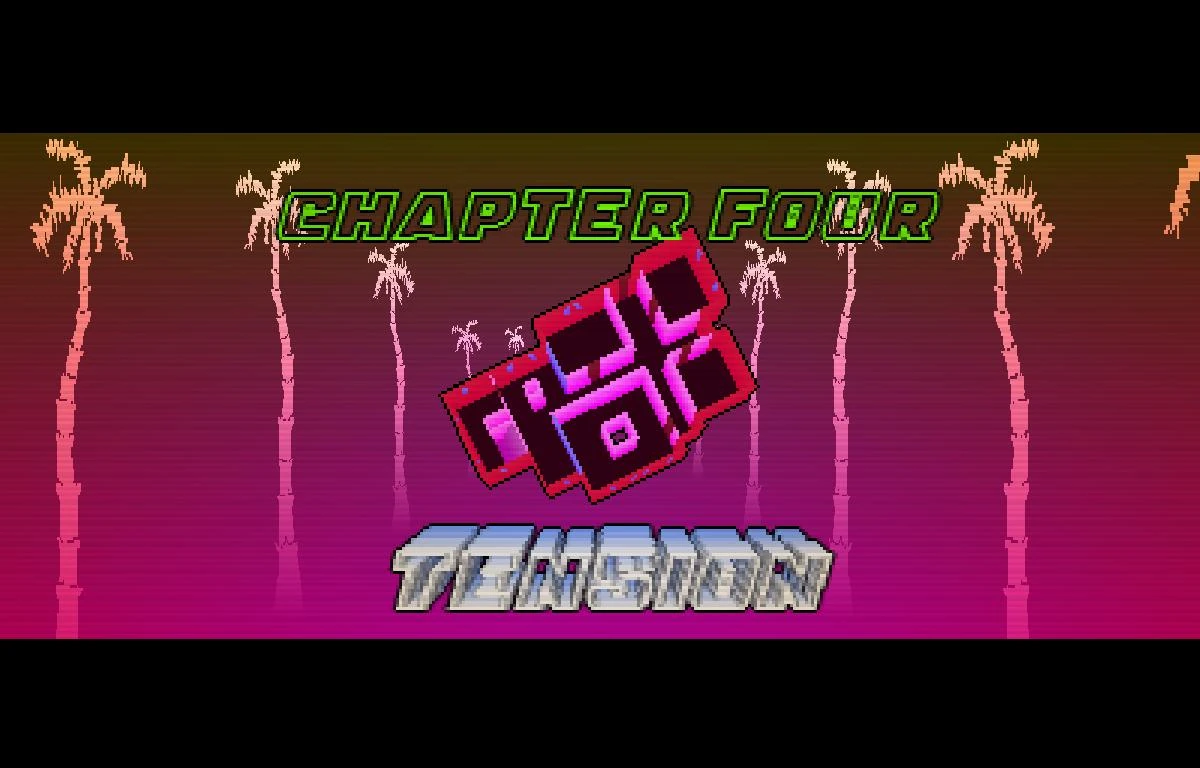

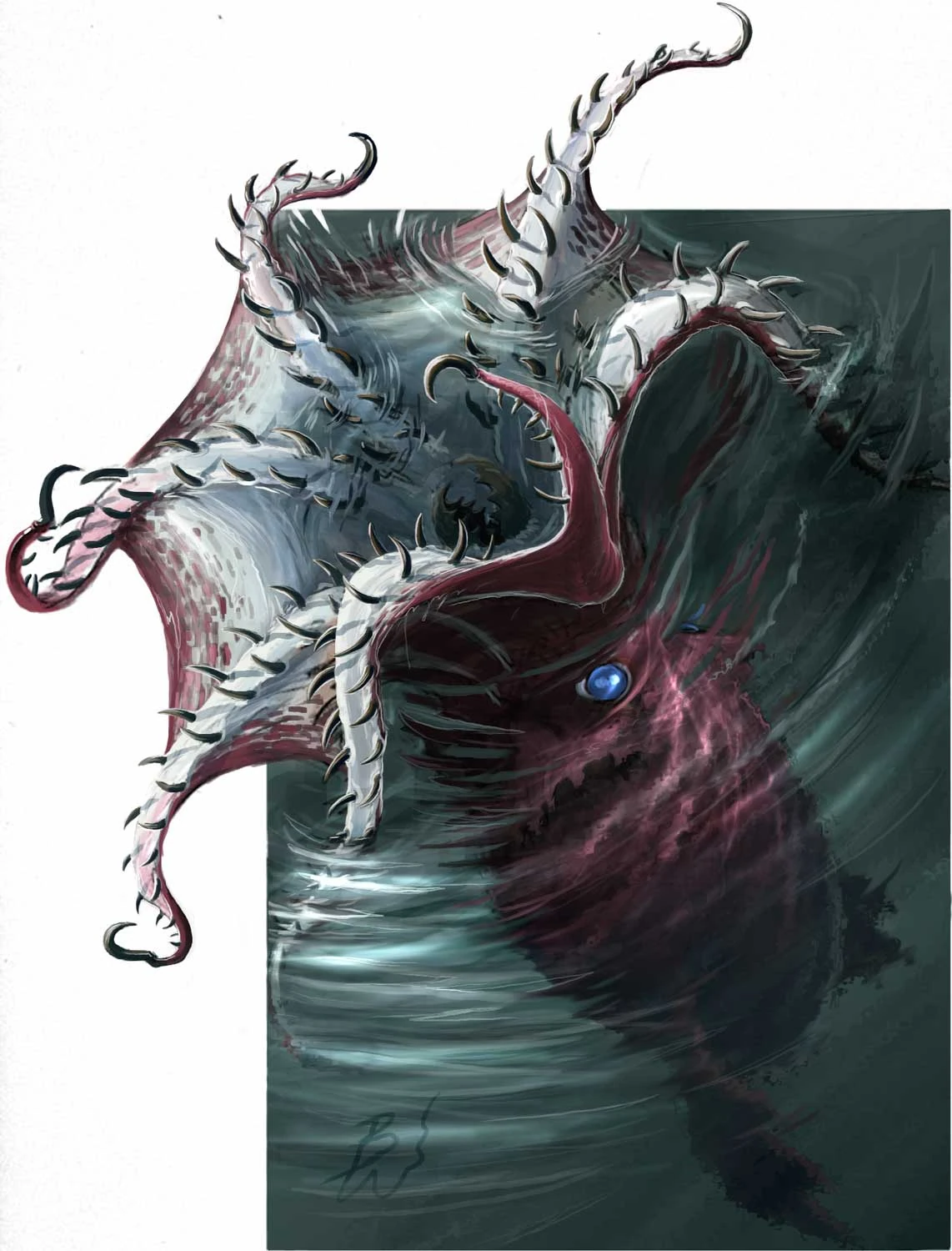
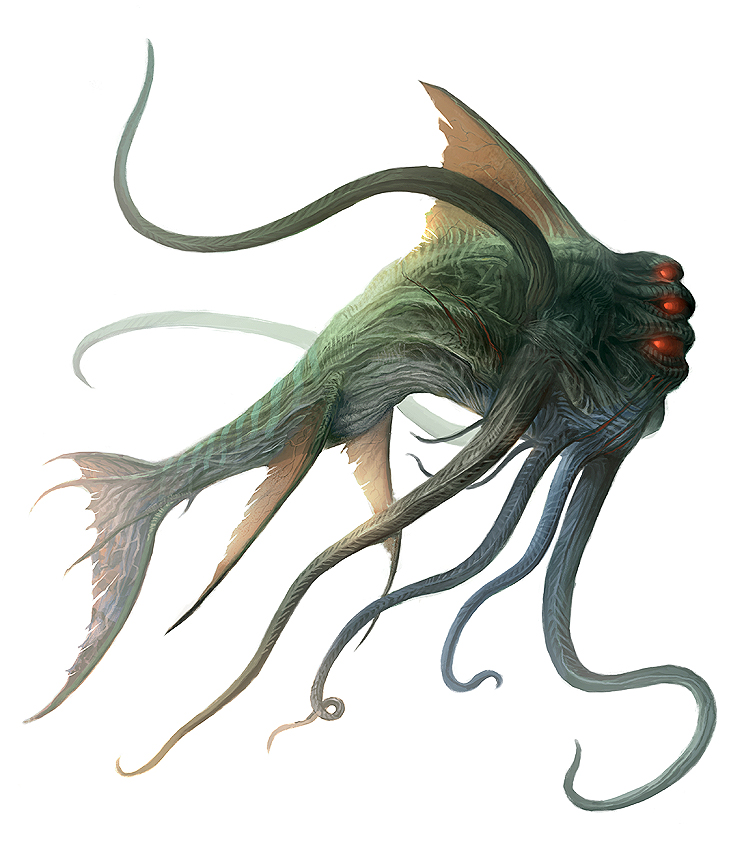
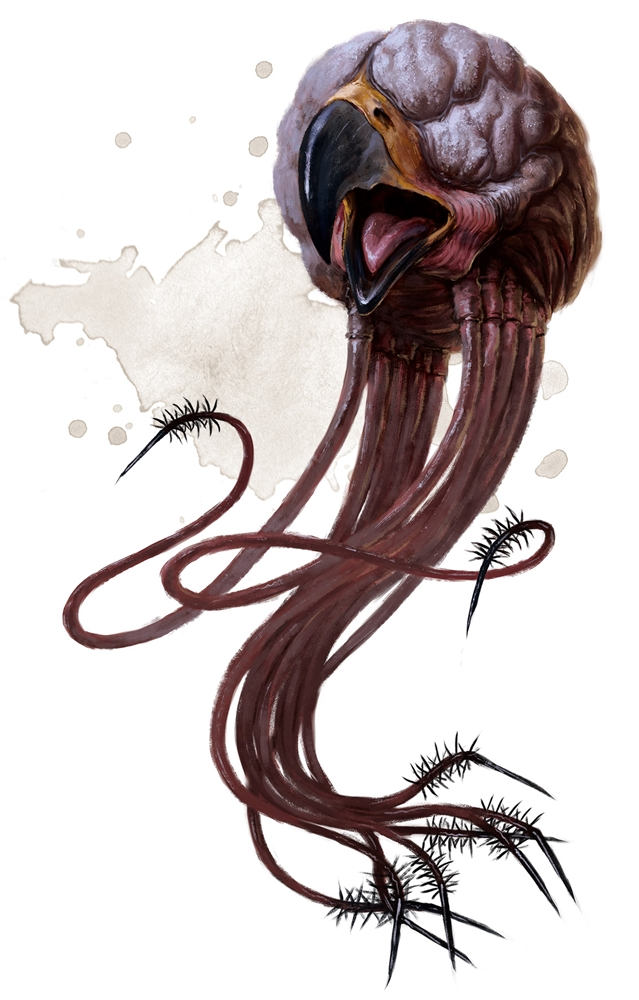

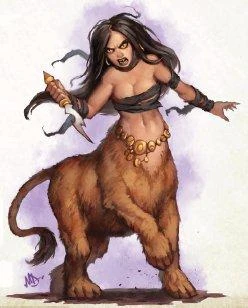
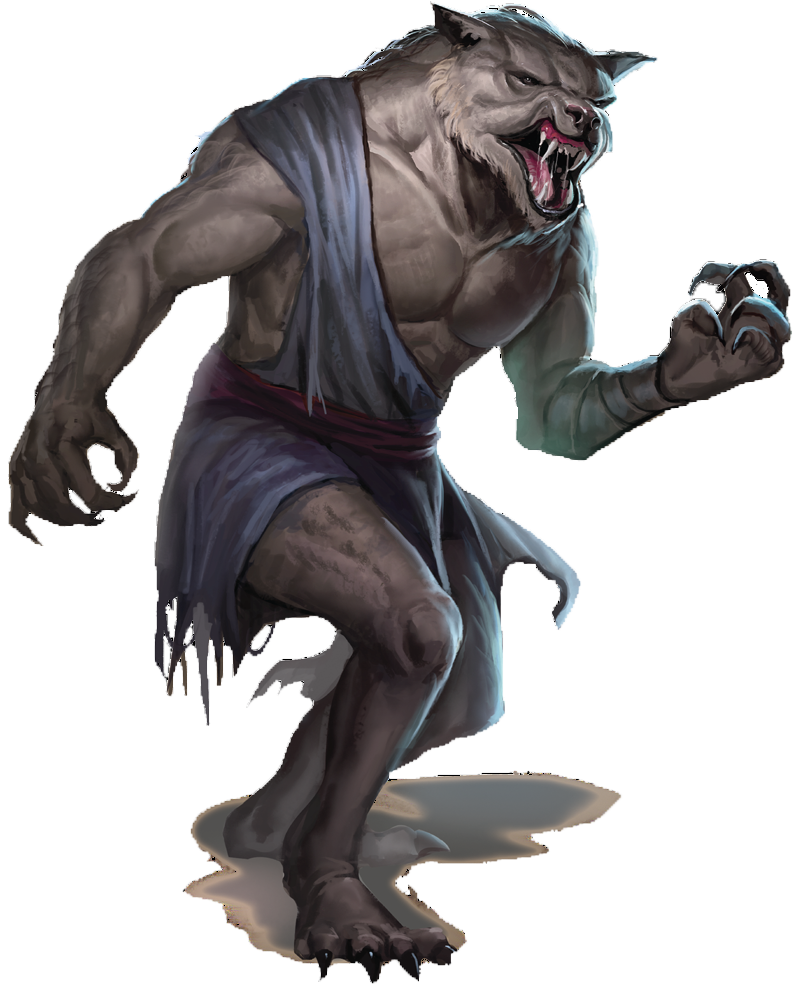
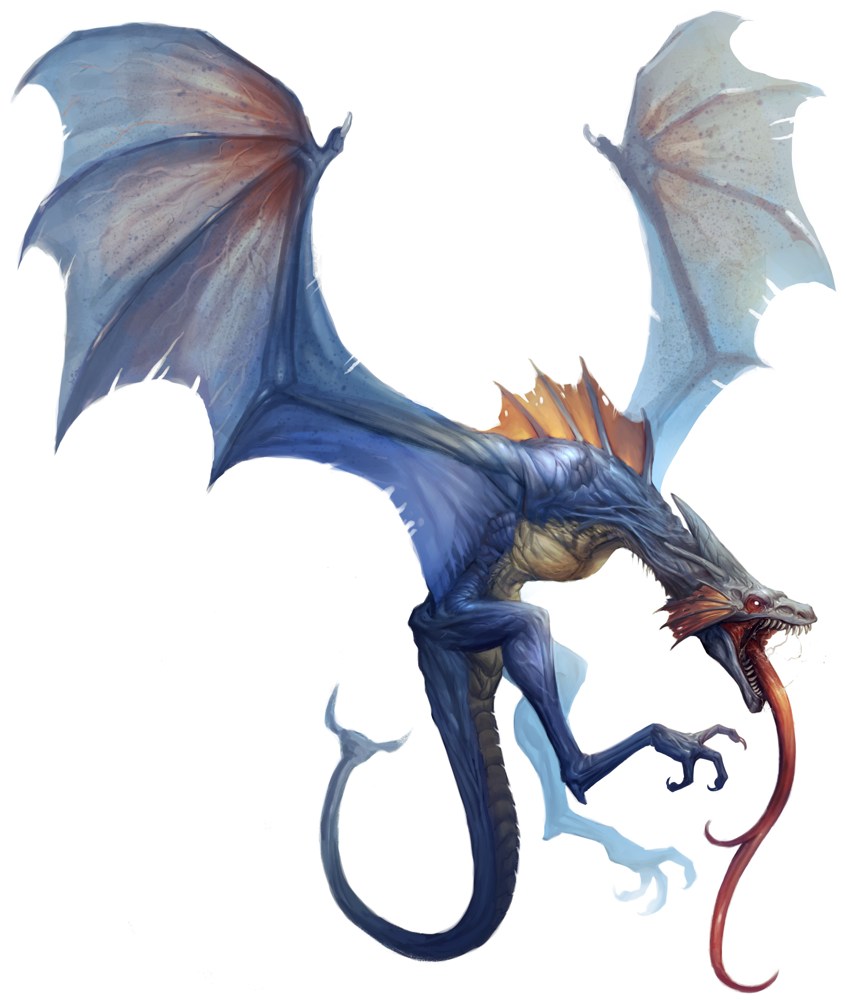

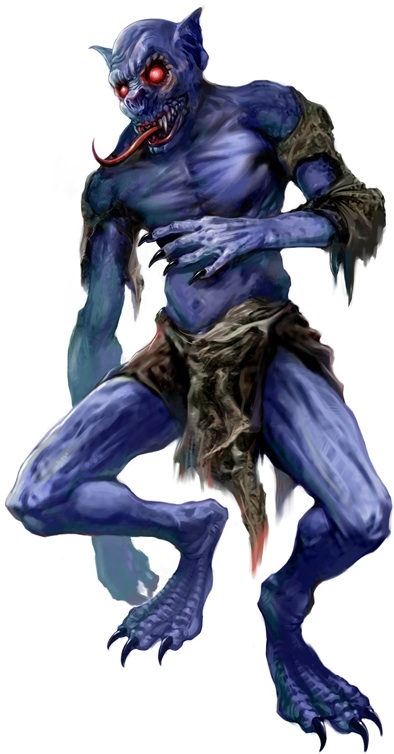
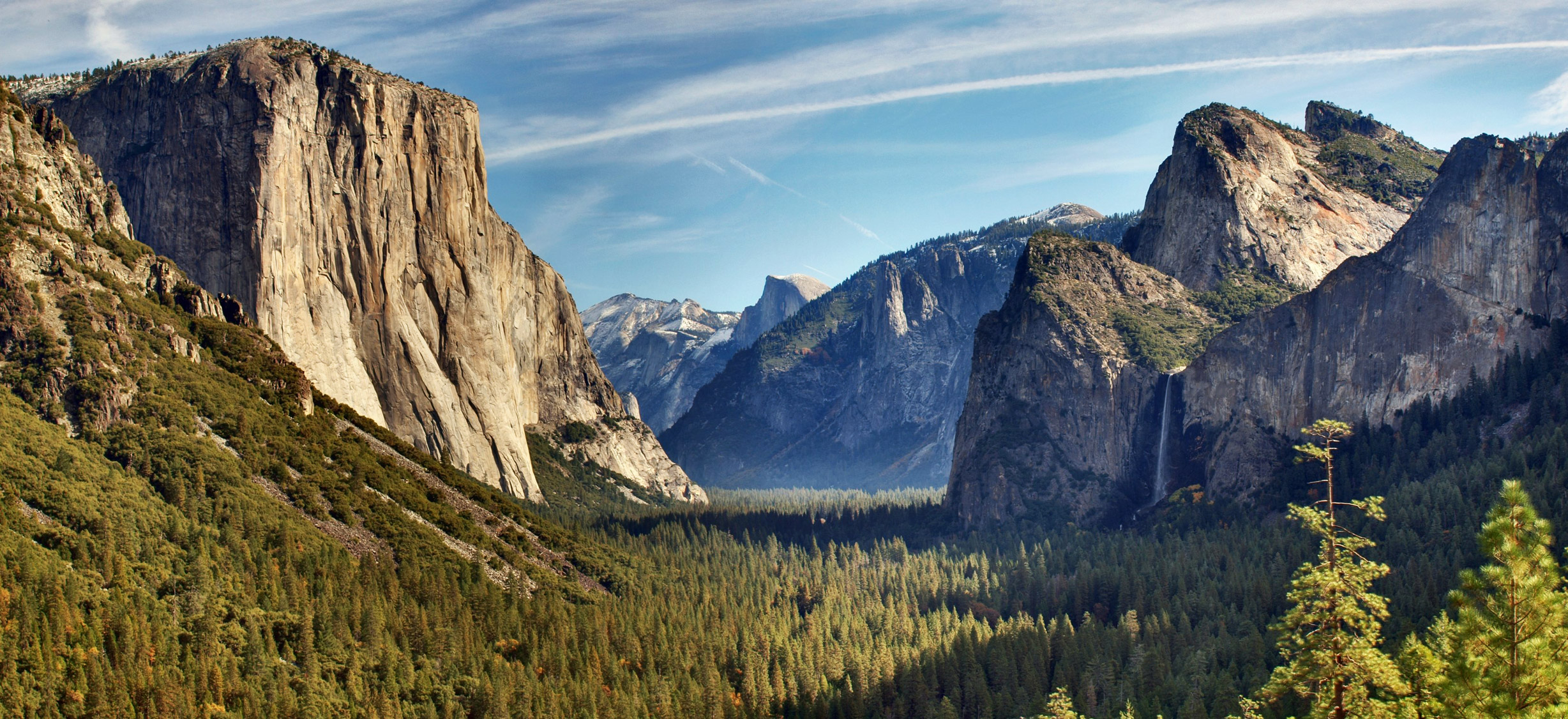


.jpg/800px-Cenote_in_valladolid_mexico_(21362599476).jpg)
